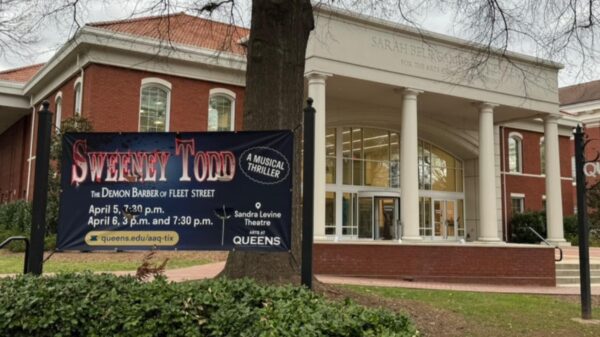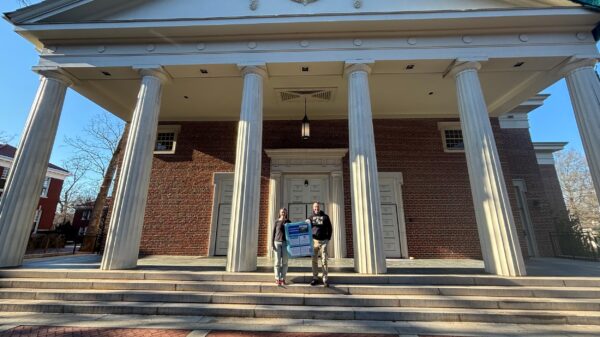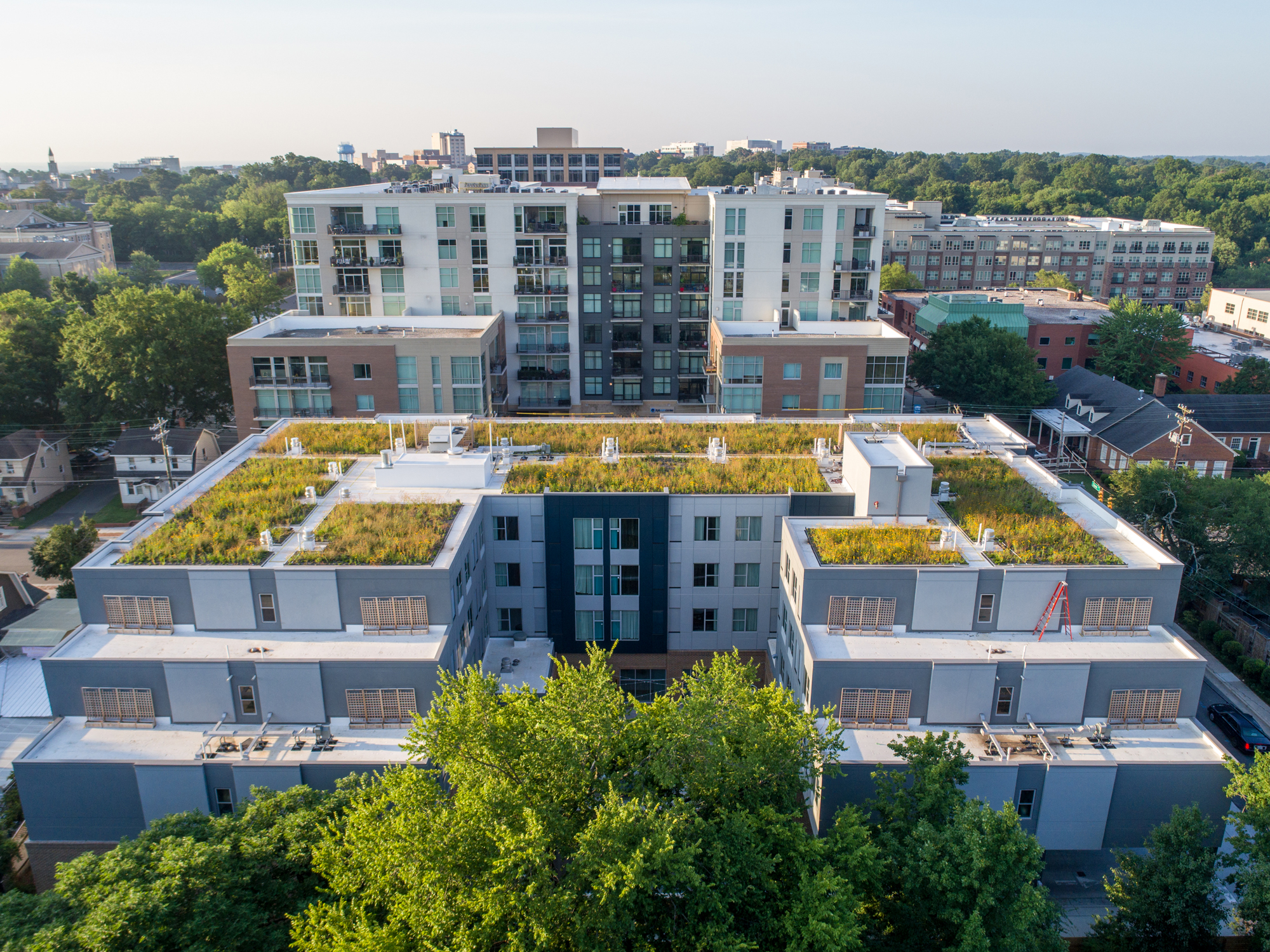Conversations with experts reveal three pieces of information useful to planning for Charlotte’s future water supply: population growth points to water shortages by 2050, dealing with storm water drainage is critical, and green infrastructure is a big part of the solution.
How cities — and specifically Charlotte — manage water is a major focus for John Searby, executive director of Catawba Riverkeeper; Brook Muller, dean of the College of Arts and Architecture at UNC Charlotte; and Kate Ancaya, co-founder of Living Roofs in Asheville.

Photo by Vlada Maznytska
For a metropolitan area like Mecklenburg County, storm water drainage is becoming more important than ever, Searby said recently. Catawba Riverkeeper, the non-profit organization he leads, focuses on preserving the Catawba River basin, which supplies more than 2.5 million people with drinking water in Mecklenburg and 25 other counties in North and South Carolina.
In a city of asphalt roads, concrete parking lots, sidewalks, and impermeable rooftops, Searby explained, water has nothing to sink into, such as in a forest. Where the water goes, he said, is a storm drain.
“What most people do not realize is that there is no filter between the storm drain and the creek, so whatever goes down there goes straight in the creek,” Searby said. Brick dust, gasoline, oil and plastic waste ends up in the river. This is a water quality issue.
Beyond increasing demands caused by population growth, Searby said, the water quantity issue results from the fact that creeks cannot naturally handle huge volumes of stormwater.
“We had a lot of issues in the past few years as our rain events became more significant due to climate change,” Searby said. Charlotte needs systemic change in development codes and construction requirements, he said, but strategies to improve infrastructure take decades to develop and implement. One solution is designing high-rise structures that enable water that lands on the property to stay, he said. This requires a completely different way of looking at water.
Solutions for Managing Water
Green infrastructure is an effective approach to water management, said Brook Muller of UNC Charlotte’s College of Arts and Architecture. This solution restores the natural water cycle, slows the movement of water, spreads it out, and allows it to soak into soil, he said. Vegetation helps this process by soaking up water and then releasing it back into the atmosphere.
“Historically, if you think about buildings, the first thing you want to do is get rid of the water so it does not damage the building,” Muller said. “But if you design it properly with a green roof, you can slow it down and clean it.” Spaces can also be designed to store water on site or nearby, he said, requiring creative solutions that could include the use of public spaces to store water resulting from significant rain events.
One key to successfully managing water in the future, Muller said, will be to design and build projects around the water, making it a “protagonist,” rather than by thinking about water only at the conclusion of the project.
Muller points to the Charles David Keeling Apartments at the University of California at San Diego. Because it was located in a flood plain and subject to flash floods, the city of La Jolla originally required enormous and expensive underground tanks to accommodate storm water during major rain events. “As an alternative, the design team lifted the building off the ground and created a series of shaded and sunny green spaces for students that would also provide storage and flood mitigation during infrequent and yet at times intense rains,” Muller said.
Green Infrastructure in North Carolina
Compared to other regions, the Southeast has been slow to adopt policy and incentive-based programs that support green infrastructure, such as roofs and walls, said Kate Ancaya, co-founder of Living Roofs, an Asheville firm that designs and builds green roofs.
“One hurdle is that green roofs are often thought of as an ‘extra’ or a ‘nice to have’ rather than as an adaptive system that delivers economic, social, and environmental benefits on day one,” she said. Additional costs can range between $10-$20 per square foot. She said the initial extra cost is recovered over time, with savings associated with roof replacement, lower energy costs, stormwater infrastructure, and increased property value.
Ancaya said green roofs can raise the lifespan of a roofing membrane to 50 years by protecting it from ultraviolet radiation, thermal stress, and temperature fluctuations. A conventional roof membrane lasts between 15 and 25 years.
Next Steps for Charlotte
Charlotte city planners, developers and builders need to “move dollars from utilities to landscape,” said Muller. Ancaya is now working on projects in Charlotte, and is convinced that the city will see more green roofs in the future.
“It is time for cities to embrace nature-based solutions and green infrastructure to meet climate and environmental challenges, improve the quality of life in our cities, and build resilient and healthy places for everyone,” Ancaya said.
Queens University News Service
-
Vlada Maznytska (Author)
Vlada Maznytska of Rivne, Ukraine, is a 2022 graduate in multimedia storytelling at Queens University of Charlotte. Vlada was a Knight summer scholar with the news service, and also competed as an athlete on the Queens swimming team.
View all posts

































